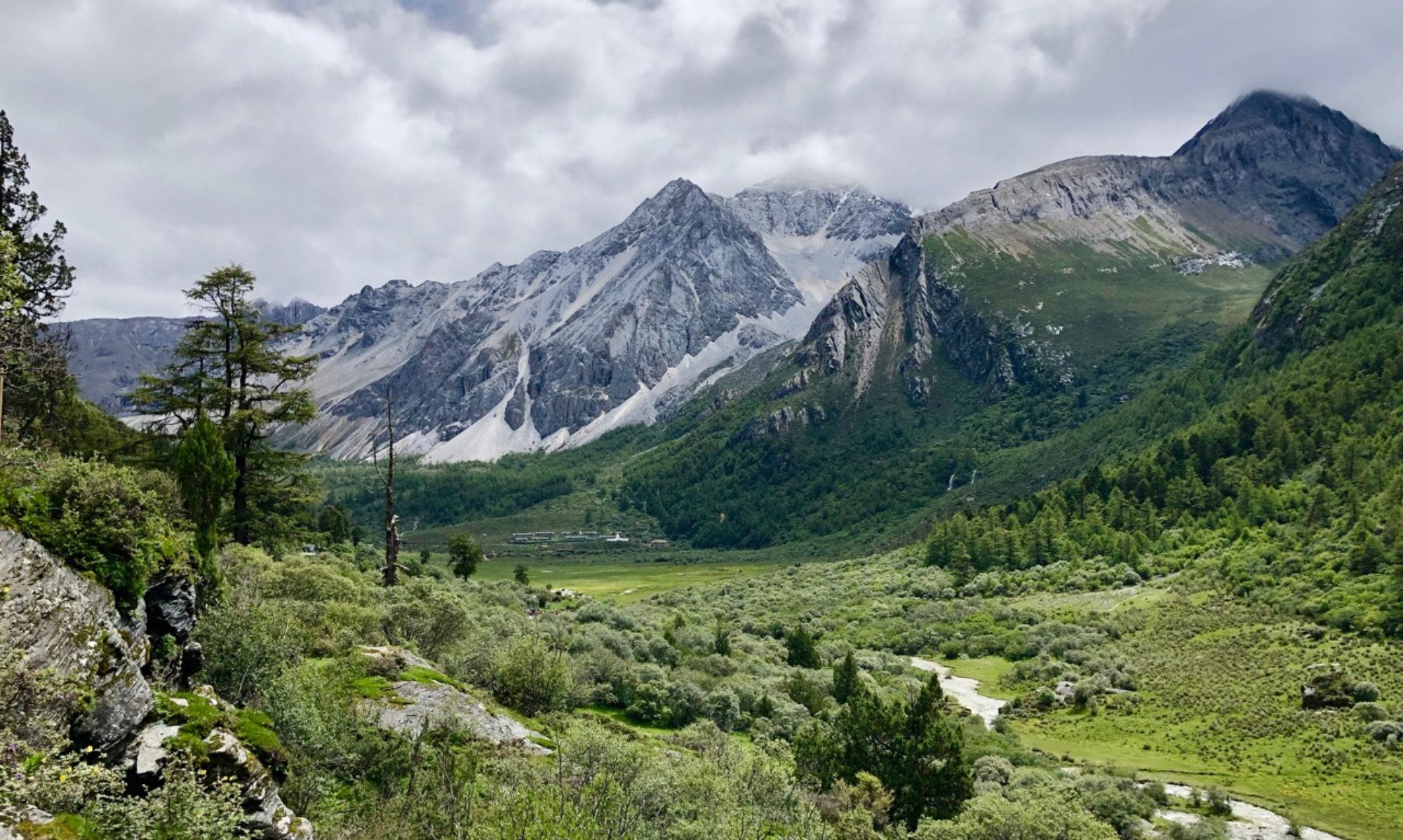Alwinton is a remote village in Upper Coquetdale on the edge of both the National Park and the nearby Otterburn Ranges. A short trek along the ancient Clennel Street leads to one of the Cheviots’ hidden gems – the picturesque valley of the River Alwin.
Continue reading “The River Alwin Ramble”The Pilgrim’s Path to Lindisfarne
St Cuthbert was an Anglo-Saxon monk who took up residence on the island of Lindisfarne, where he would one day become bishop. After his death, he was said to be the cause of many great miracles and was venerated as a saint. For this reason, the island he once called home became a popular pilgrimage site — but not one accessed by boat. Instead, when the tide recedes, it is possible to walk across the sand to reach this most Holy Island.
Continue reading “The Pilgrim’s Path to Lindisfarne”The Norber Erratics
High on a lonely hillside stands a stony herd – the Norber Erratics. These great boulders, deposited by passing glaciers during the last Ice Age, have dotted the landscape for thousands of years. Being made of sandstone, the weather had affected them differently to the surrounding limestone pavement – rain erodes the limestone at a much faster rate, leaving the erratics perched atop narrow stone pedestals that look rather like legs. I can’t help but feel that they might just wander off on some new adventure.
Continue reading “The Norber Erratics”The Cateran Hole
After an unsuccessful attempt last year in less pleasant weather, I set off on a sunny Easter Sunday in search once more of the elusive smuggler’s cave on Bewick Moor known as the Cateran Hole.
Continue reading “The Cateran Hole”Darden Lough
Embark on a trek across open moorland on the edges of the Simonside hills to reach a hidden lake in the Northumberland National Park.
Continue reading “Darden Lough”The Drake Stone
Enjoy a taste of everything the Northumberland National Park is famous for — crumbling castles, meandering riverlands, lonely moorland and rocky crags — on this short walk to the mysterious Drake Stone.
Continue reading “The Drake Stone”Doddington Moor
Situated just outside of the boundaries of the Northumberland National Park and a stone’s throw away from the foothills of the Cheviots, the moorland north of Wooler is woefully overlooked by walkers. Yet one need only glance at a map to realise that in this small area lie an incredible number of prehistoric sites, from Neolithic rock art and a stone circle to an Iron Age hill fort.
Continue reading “Doddington Moor”Ring Chesters and Hethpool Linn
From the gypsy stronghold of Kirk Yetholm, cross the border to venture into the Cheviots in search of prehistoric hill forts and a tranquil waterfall.
Continue reading “Ring Chesters and Hethpool Linn”Hadrian’s Wall and Housesteads
A pleasant walk in the footsteps of Romans along a well preserved section of Hadrian’s Wall.
Continue reading “Hadrian’s Wall and Housesteads”Wylam and Prudhoe
A stone’s throw from industrial Tyneside, I hadn’t expected to find such a scenic walk so close to the city – nor, as it happens, to follow in the footsteps of so many railway pioneers.










